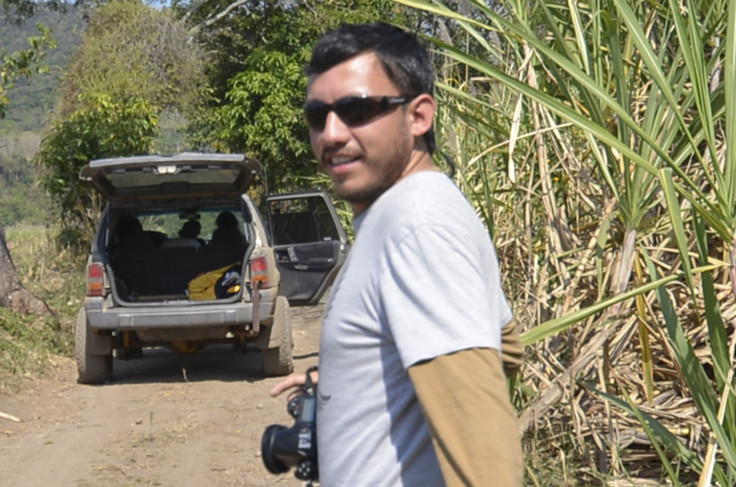Mexico's inquiry into the 2015 mass murder was 'inadequate' say human rights officials
Journalist Rubén Espinosa, along with four other women, was found murdered in an apartment in Mexico City.
Human rights officials have said the Mexican government failed to properly investigate the mass murder in July 2015 that shook the entire country.
The Mexico City human rights commission, an autonomous government agency, has said that the authorities have failed to probe the murders of photojournalist Rubén Espinosa, activist Nadia Vera and three other women – Mile Virginia Martín, a Colombian national and aspiring model; Alejandra Negrete, a domestic worker; and student makeup artist Yesenia Quiroz.
The rights association has also said that instead of following possible leads, the authorities launched an "inadequate", inquiry which failed to provide justice to the victims.
"From the start, the protocols for each of the crimes have not been followed, in spite of the Mexico City mayor instructing that all lines of investigation be opened," Perla Gomez, president of the commission, said.
"A special line of investigation was not established for the clarification of the facts ... that could have been for motives of the victims' special characteristics such as gender, journalism duties and [their defence of] human rights," Gomez added, according to The Guardian.
Gomez has also said that the investigation had flaws ever since it was launched, where details were leaked from the case files and it also portrayed the victims "responsible for what happened".
Families of the victims have also accused the government of stalling the case, saying prosecutors have just accumulated the paper, rather than to pursue all leads to their proper conclusion, the Guardian reported.
"What is the only explanation? Absolute negligence or the covering up of the truth and all that is behind this crime," said Leopoldo Maldonado, a lawyer with press freedom organisation Article 19.
Espinosa's body was found with the women, including the political activist Vera, bound and shot dead in a Mexico City apartment on 31 July 2015.
Originally from Mexico City, Espinosa, 31, had lived and worked in Veracruz state for eight years reporting on high-profile stories before shifting to his homeland.
He and his activist friend came to Mexico City after suffering death threats in a state, where around 17 journalists were murdered in between 2010 and 2016 in the administration of then-governor Javier Duarte.
Mexico City was once considered as a safe place for journalists. "The great myth that crashed [with the release of the report] was the myth that Mexico City was a refuge for journalists and defenders of human rights," lawyer Maldonado said.

Mexico is the tenth most dangerous place in the world for journalists to work. According to the Committee to Protect Journalists (CPJ), at least 38 journalists have been killed in Mexico since 1992.
© Copyright IBTimes 2025. All rights reserved.





















